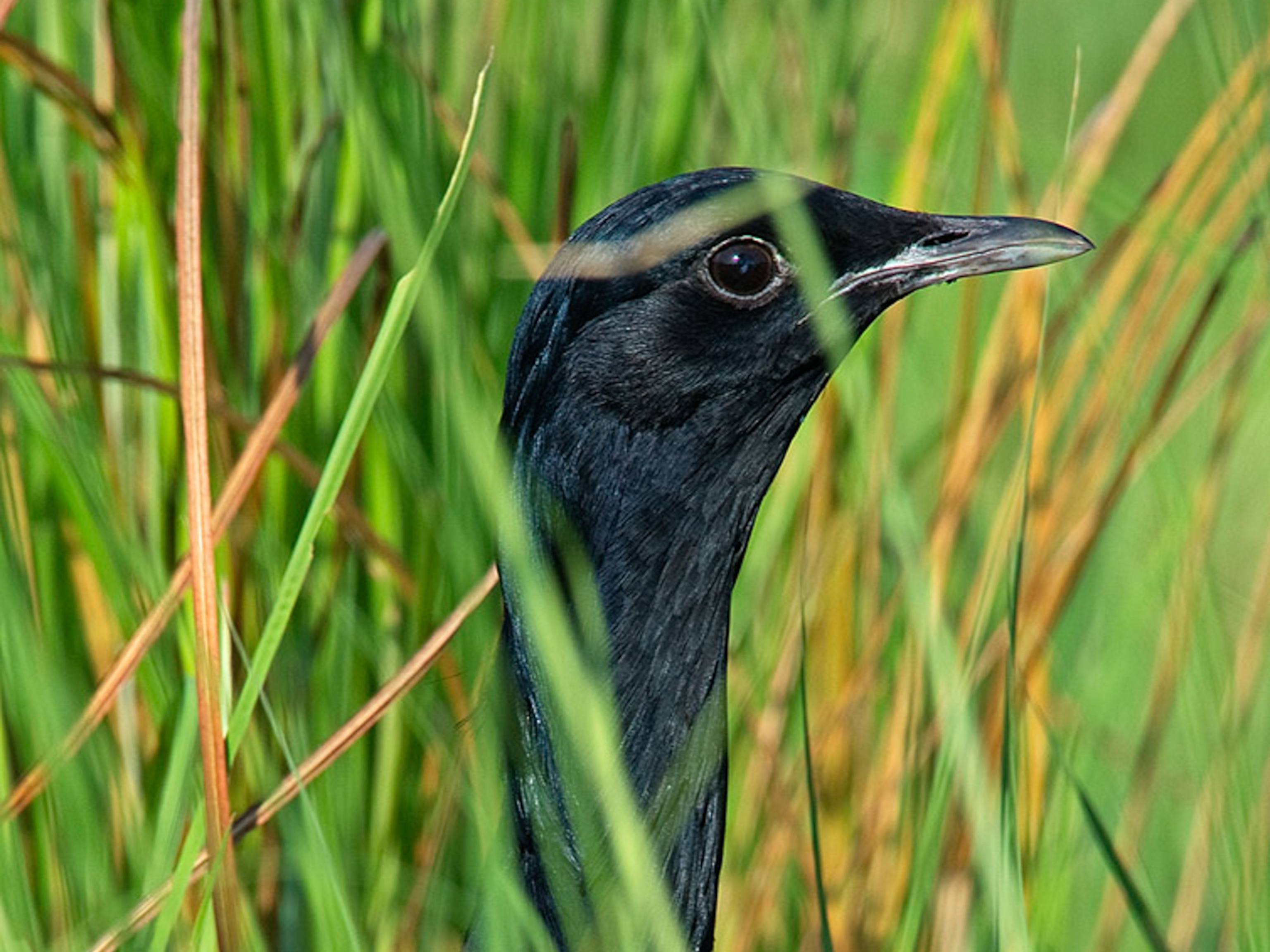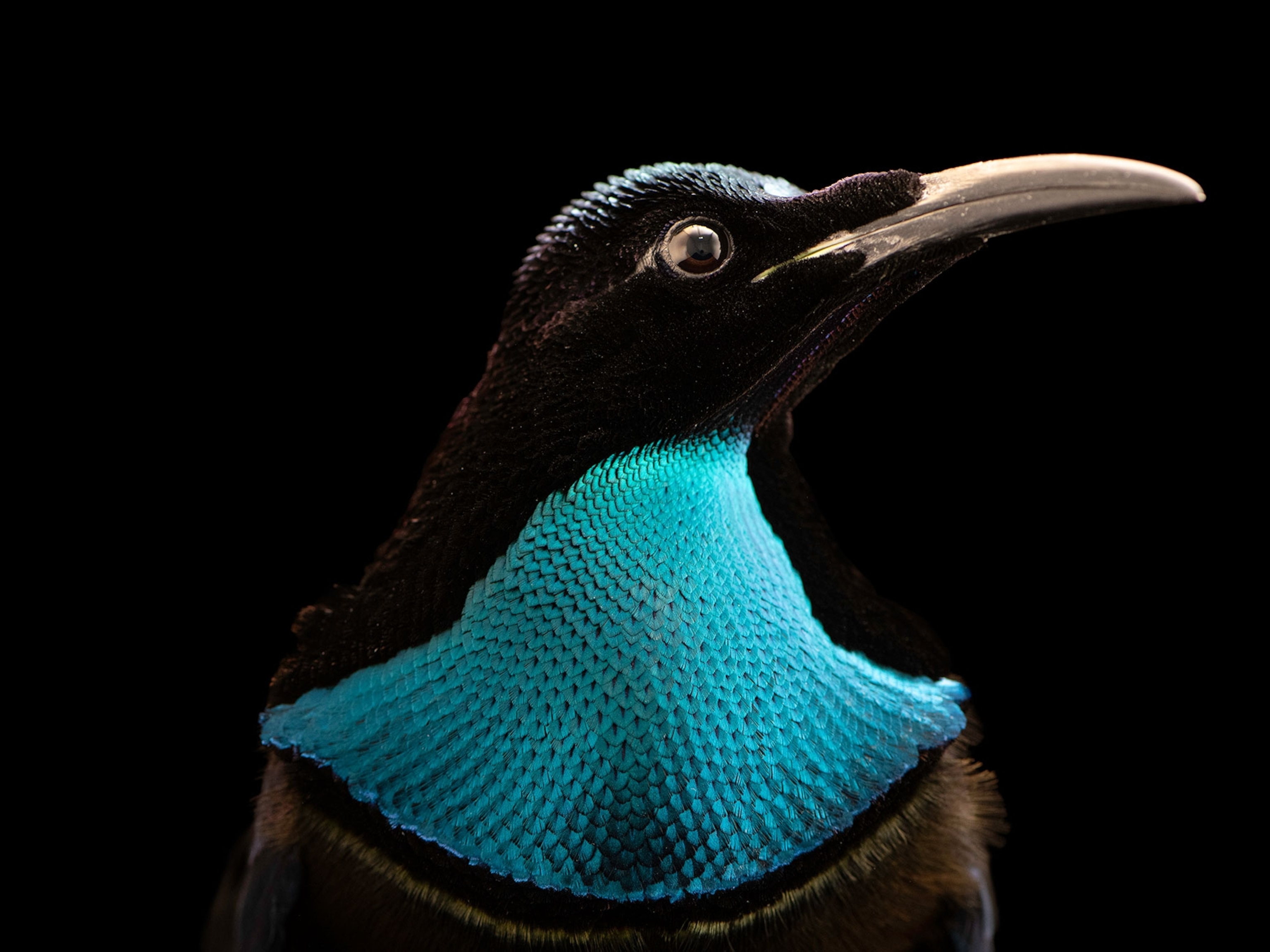Modern birds originated a hundred million years ago—long before the demise of dinosaurs, according to new research.
In searching for the first ancestors of modern birds, studies have shown discrepancies between results from fossils and genetic analyses.
Fossil records suggest that modern birds originated 60 million years ago, after the end of the Cretaceous period about 65 million years ago when dinosaurs died off.
But molecular studies suggest that the genetic divergences between many lineages of birds occurred during the Cretaceous period.
Now a new study based on molecular evidence suggests that avian ancestors were flapping their wings some 40 million years earlier than thought.
In the new study researchers applied a new method of research that looks at mutation rates across lineages.
"My goal for this study was to once and for all reconcile divergence estimates from these two sources of information," said lead study author Joseph Brown, a graduate student at the University of Michigan in Ann Arbor.
The study appeared recently in the journal BMC Biology.
Dating Methods
When dating biological events, molecular geneticists rely on a concept known as the molecular clock.
Over long stretches of time, mutations accrue, or "tick," at a fairly constant rate. By measuring the degree of genetic mutations, scientists can estimate how far back in time a species diverged.
In large groups of distantly related species—such as different families or orders of birds—the molecular clock is much "sloppier" than previously thought, Brown said.
This is because different lineages of birds can accumulate mutations at different rates, so applying a single rate to an entire family tree could lead to suspicious results.
Improved Estimates
The study is the first rigorous investigation into whether bad assumptions about birds' genetic data have led to the large difference—about 50 to 60 million years—between fossil- and genetic-based estimates, researchers say.
The most likely explanation is that these two sources of information deal with different stages of diversification.
Genetic data is used for the period when genes share a common ancestor, which could slightly predate the development of new species. Fossils, however, record only the products of evolution.
Patrick O'Connor, a paleontologist at Ohio University in Athens, was not involved with the study.
"It is important to stress that these data should not be viewed as better than fossils, but that the information we glean from both the fossil record and [living] animals represent complementary data sets—ones that can, and should, be integrated more so than is currently done," O'Connor said.
"This study should inspire paleontologists to continue looking for additional fossils of modern birds in Cretaceous-age strata," he added.
"It is important to note that there are already a few examples of fossil birds that support this view of avian evolution based on molecular evolution.
"In a sense this study corroborates some of these recent discoveries."





